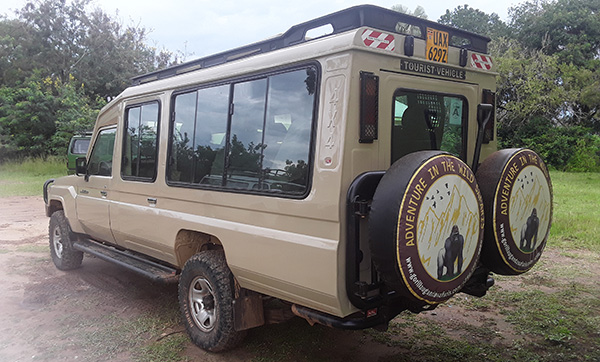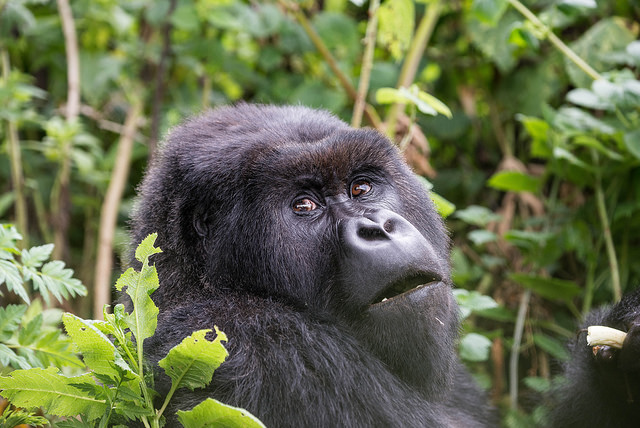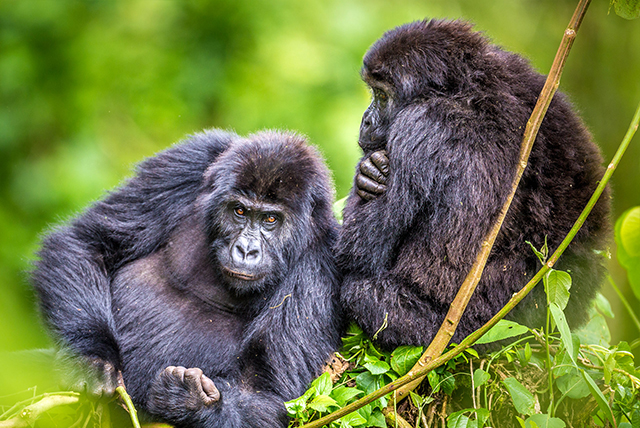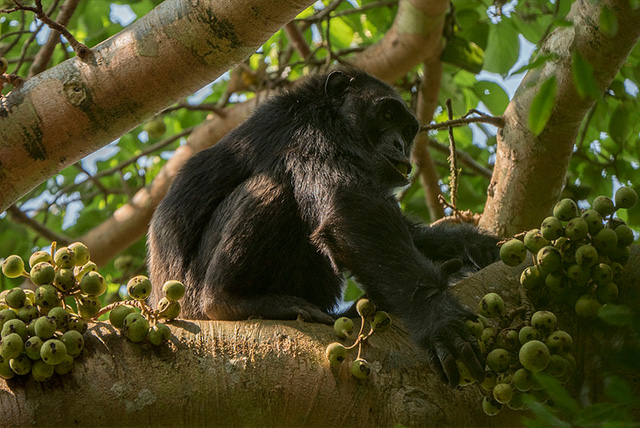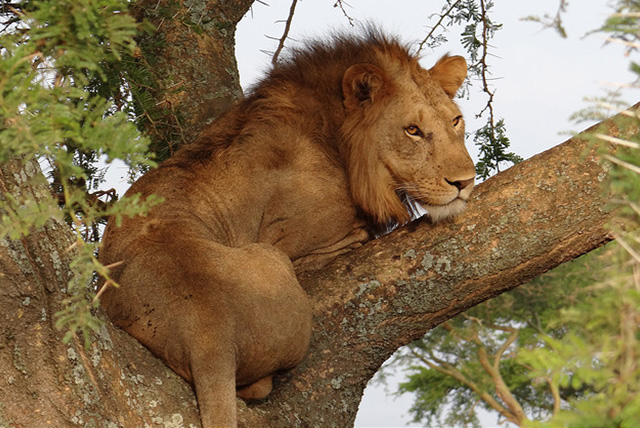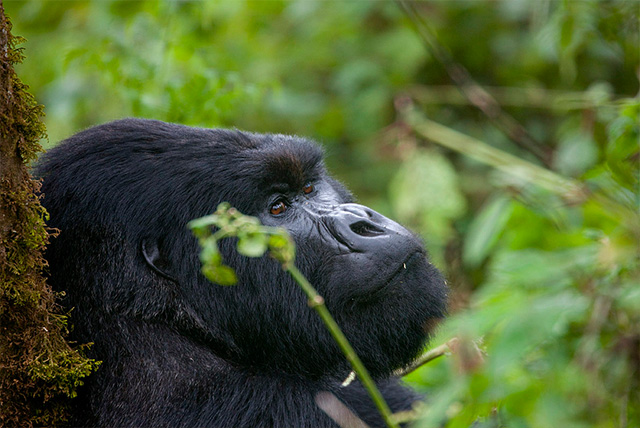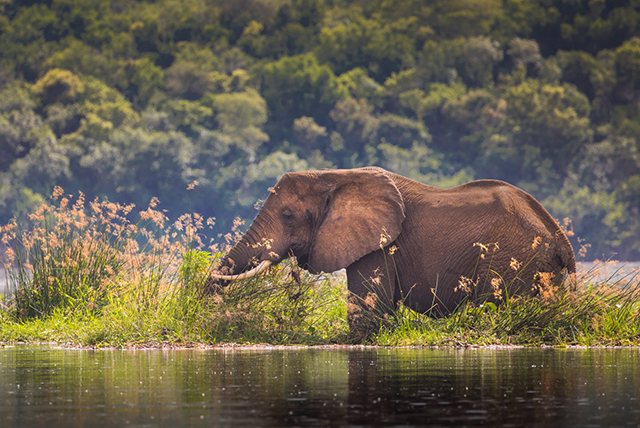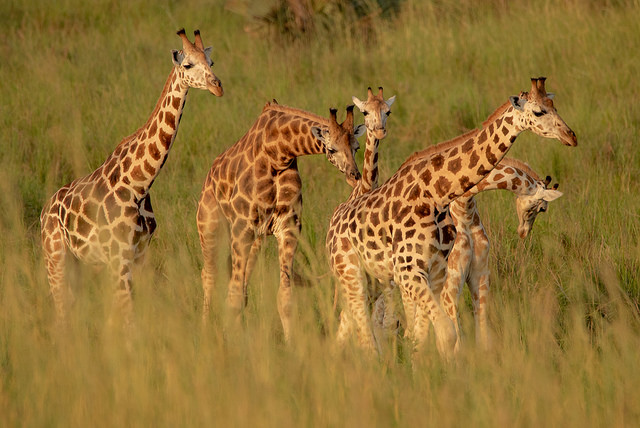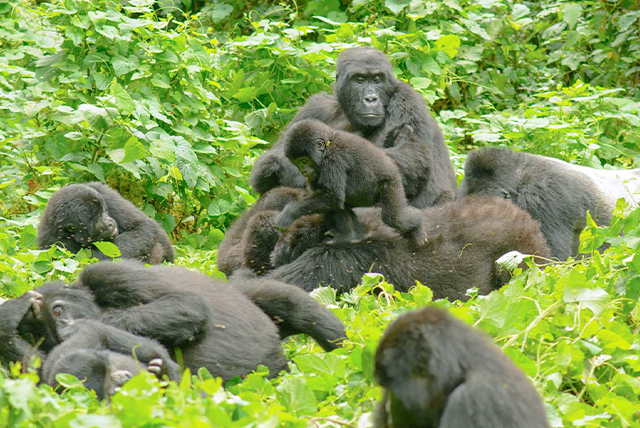Botswana Birding Safaris
Home to more than 550 recorded species, Botswana offers an exhilarating experience for bird enthusiasts. While it may not boast species found exclusively in Botswana, it does host several with restricted ranges. The landscape varies from lush wetlands to arid desert, showcasing a diverse array of waterbirds and unique dry-country species. A remarkable variety of migratory birds can be found from October to April.
When is the Best Time for Birdwatching in Botswana?
The prime season for observing birds in Botswana unfolds during the vibrant spring and summer months, spanning from October to March. This time brings an exciting surge of bird species, showcasing a vibrant variety of avian life. By December, the bird population swells to an impressive 20% more than in the winter months, presenting an exciting chance to witness a diverse range of birds in their natural habitat.
Discover the best spots for birdwatching in Botswana
Chobe National Park is a place where excitement and exploration await at every turn.
A gathering of hippopotamus (Hippopotamus amphibius) relaxes in the Chobe River. A Great Egret (Ardea alba) perches gracefully on the back of one.
Hippos in the Chobe River alongside Great Egrets
Chobe National Park boasts an impressive bird list of 450 species, showcasing a variety of habitats such as floodplains, riverine woodland, and broadleaved woodland.
Remarkable species encompass:
African FinFoot White-backed Night Heron Narina Trogon
Reaching the park from the village of Kasane calls for a 4×4 to navigate its thrilling terrain.
Makgadikgadi Pans: Flamingos in the breathtaking expanse of the Makgadikgadi Pans, Botswana
The pan hosts one of just two breeding populations of Greater Flamingos in southern Africa, specifically found on the Soa pan, a part of the Makgadikgadi pans.
Renowned for its vibrant flamingo populations, particularly during years of abundant rainfall.
The Makgadikgadi Pans present a captivating array of sights:
White Pelicans Secretary Birds
A variety of raptors
The region calls for a rugged 4×4 vehicle, and adventurers should come equipped with essentials such as water.
Okavango Delta Wattled Crane courtship in the Okavango Delta
Wattled Crane courtship in the heart of the Okavango Delta
This Ramsar site presents a diverse array of habitats, ranging from lush flooded grasslands to vibrant riverine forests.
Remarkable avian species encompass:
Wattled Cranes Slaty Egrets Pel’s Fishing Owls
The delta can be reached most effectively by light aircraft or from Maun, leading you to the western delta and Moremi Game Reserve.
Unique and Rare Birds
(NE) near-endemic = also found in adjacent nations
Short-clawed lark (NE)
Unique Birding Delights–Gems for Passionate Birdwatchers
- African finfoot
- African golden oriole
- African pastime
- African pygmy-goose
- African skimmer
- Black-faced babbler
- Bradfield’s hornbill
- Brown firefinch
- Chirping cisticola
- Collared palm-thrush
- Copper sunbird
- Coppery-tailed coucal
- Greater painted-snipe
- Greater swamp warbler
- Lesser jacana
- Livingstone’s turaco
- Long-toed lapwing
- Miombo rock thrush
- Pel’s fishing-owl
- Pennant-winged nightjar
- Racket-tailed roller
- Rock pratincole
- Rosy-throated longclaw
- Slaty egret
- Striped crake
- Swamp boubou
- Three-banded courser
- Wattled crane
- Western banded snake eagle
- White-backed night heron
Ideal Moments for Bird Observation
The birdlife in Botswana thrives throughout the year, but truly comes alive during the Wet season, from November to April, when migratory birds from Europe and northern Africa grace the landscape. During this season, numerous resident bird species are busy nesting and showcasing their vibrant breeding plumage. Aside from January and February, the rains typically come as brief afternoon showers, rarely affecting your journey in any way. The Dry season offers the best opportunities for wildlife viewing.
Top Parks for Birdwatching – Features Birdwatching Ratings
The northern parks teem with vibrant birdlife, thanks to the abundance of permanent water sources. The other semi-arid parks present exciting birding experiences and the chance to encounter unique dry-country species.

